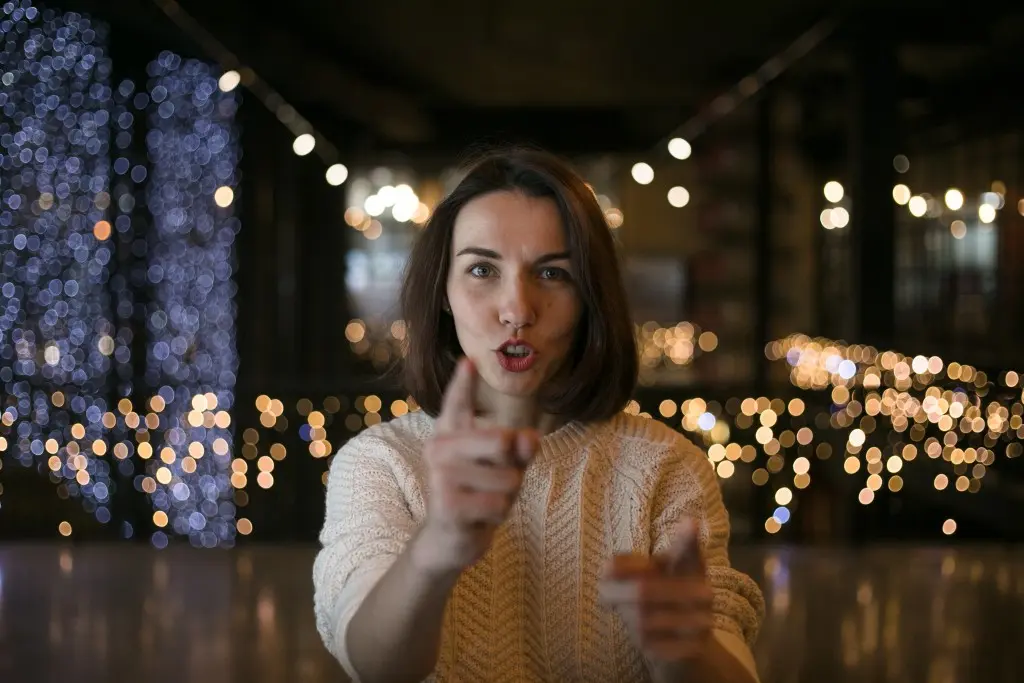There are big changes happening in the world of finance. Now that the majority of today’s money is digital, banks are cutting their physical presence on the high street and investing in digital services. This is a transition that has been underway for a long time, but has undoubtedly been accelerated by the pandemic. With the rising importance of non-human interactions with their banks, customers are looking for an audio experience that transcends the functional.
By tapping into the power of sound and music, banks are fostering customer loyalty and driving brand recall.
In this non-physical world, brand preferences are more important than ever. Financial services should be looking to develop a sense of trustworthy reassurance for customers during this difficult period. By tapping into the power of sound and music, they can create audible reminders that the company is providing a much needed and empathetic service, fostering customer loyalty and driving brand recall.
Mastercard's masterclass
Mastercard’s recent rebrand and investment in sonic branding has put them at the forefront of this new landscape. Taking the radical step to drop the text from its logo last year, switching to a minimal design featuring the iconic interlocked circles, signalled a profound rethink of their brand strategy. Their holistic approach now integrates audio-visual elements to adapt to customers’ changing digital experiences.
Embracing a ‘comprehensive sound architecture’, the centrepiece of the Mastercard sonic brand is the sonic logo: a unique melody that plays when customers interact with the brand online or in-store via point of sale sounds. The sound is adapted for different global markets using local instruments, with a core melody that can be reworked and woven into everything from advertisements to point-of-sale transactions. According to Mastercard’s research, 77% of customers believe the sound makes transactions and retail environments more trustworthy. The brand’s payment confirmation sound that reassures the card holder that a transaction was successful is currently used by over 36 million digital wallets and physical payment terminals around the globe.
77% of customers believe the sound makes transactions and retail environments more trustworthy.
Mastercard has also won acclaim for their creative and unusual use of sound - the brand will be releasing an album created in partnership with global artists, taking the the sonic logo melody as inspiration. The first single, Merry Go Round, by Swedish artist Randle and songwriter and producer Niclas Molinder, is an attempt to ‘organically and authentically integrate’ Mastercard’s brand values and sonic identity'. This investment into experiential marketing - also including signature macaron flavours and a pop-up restaurant - is completely redefining how people interact with Mastercard.
Voice technology
Some competitor banks are focusing their audio development on VoiceID technology. HSBC were early adopters of this, with customers able to use their voice as password to access personal banking. Others are now looking to take advantage of the £5.6 billion smart speaker market in the UK. Last year, Natwest started its trial with Google Assistant, allowing customers to bank from home and ask eight different questions using voice alone. With an estimated 1 in 5 UK households now having a smart speaker, there is a key opportunity for banks and financial services to capitalise on this by applying sound strategically to communicate trust and security in these new technologies.
Visa’s recent research into the effectiveness of brand sound to increase trust at the point of payment found that audio cues play a key role. In-store, consumers who experienced sensory branding were 12% more likely to say that the merchant cares for their security. Similarly, positive perceptions of the Visa brand increased by 14% compared with those who did not experience the sensory branding at the POS, with recall of the Visa logo also increasing.
Music as a tool to humanise
Investment firm, Vanguard, have been utilising the power of sound to add intimacy and directness to their recent ads, projecting an approachable and positive image of an industry that many find difficult to relate to.
The distinctive song was created from layers of ‘human-made sounds’ to tell the Vanguard story in an approachable and jargon-free way.
Their most recent ad features people from all walks of like making the ‘Vanguard V for value’ sign, while an uplifting soundtrack mirrors the sunshine of the visuals. The distinctive song was created from layers of ‘human-made sounds’ to tell the Vanguard story in an approachable and jargon-free way, helping to modernise and humanise the brand.
Essentially, what we’re seeing across the board is the power of custom music and sound: using generic music risks losing important brand recognition in these cluttered but extremely important digital channels. Brands that fail to build equity in the audio space will lose out in the long term as we see the role of audio growing ever stronger in closing the loop between consumers and their chosen financial services brands.



